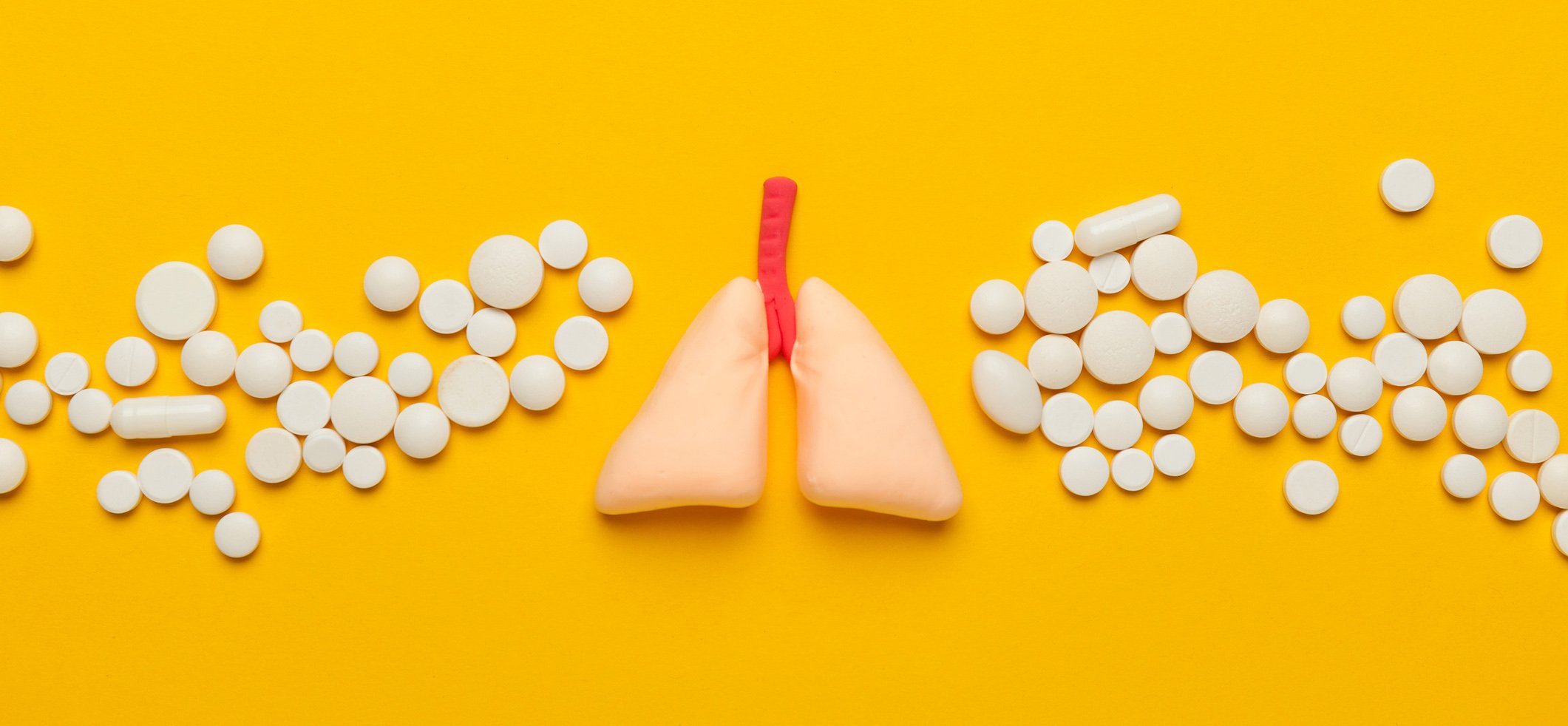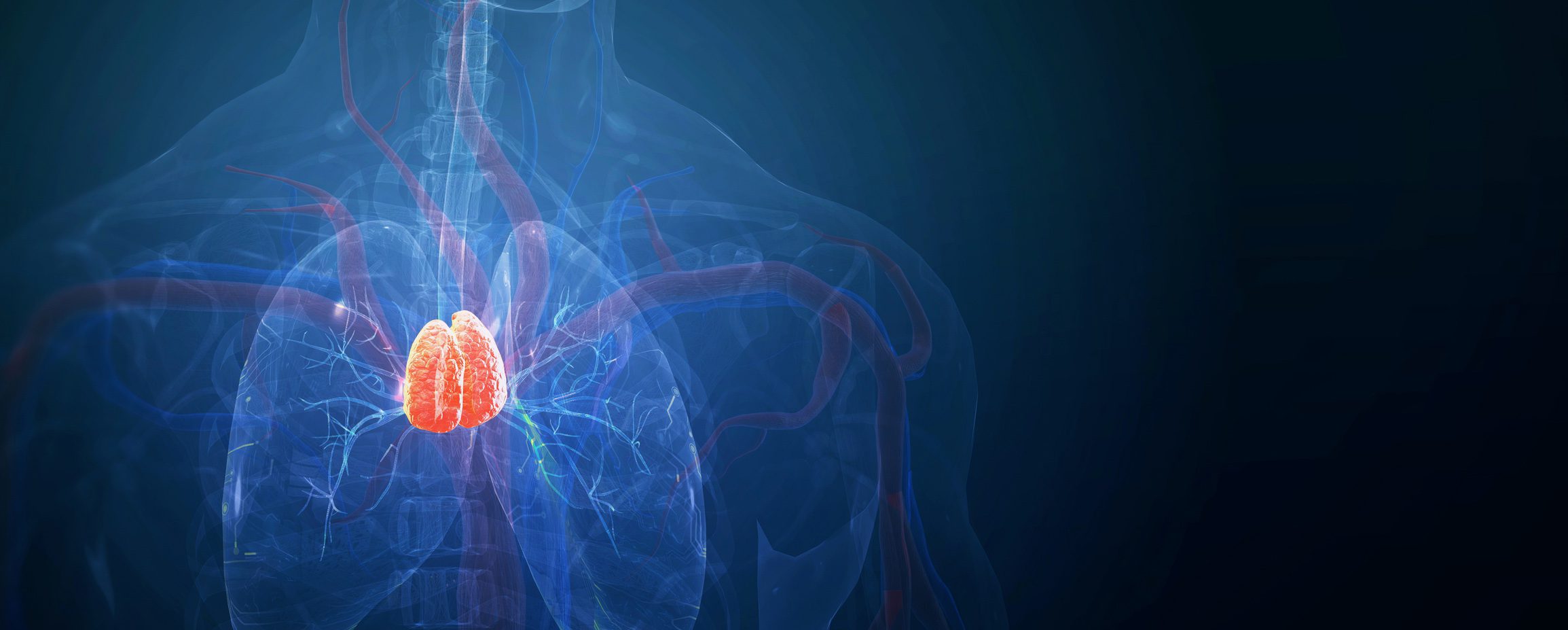Parkinson’s syndrome is one of the most common neurodegenerative diseases. Symptoms such as limitations in movement control are based on a loss of nerve cells in the affected areas of the brain. Effective Parkinson’s therapy is complex and should be adapted to the patient’s individual circumstances.
Parkinson’s disease is a progressive neurodegenerative movement disorder caused largely by the loss of dopaminergic neurons in the substantia nigra pars compacta. The main clinical manifestations are akinesia, muscular rigidity, and resting tremor. In addition, disturbances of posture as well as postural reflexes often occur. Later in the course, cognitive and psychiatric symptoms may be added (Tab. 1). The SNpc neurons predominantly affected in Parkinson’s syndrome (PS) project to the striatum. As a result of their degeneration, a dopamine deficiency develops there. Clinically, PS becomes manifest when approximately 50% of the substantia nigra dopaminergic neurons have perished, or striatal dopamine content is reduced by 70-80%. Around 10 million people worldwide are affected by this disease. In Switzerland, there are over 15,000 – and the trend is rising. It mainly affects people over the age of 65, with increasing incidence and prevalence in older age. After Alzheimer’s dementia, PS is the second most common neurodegenerative disease.


Basically, the disease can be divided into four groups (tab. 2) . In the most common idiopathic PS, the exact causes remain unclear. A combination of genetic, environmental, lifestyle and epigenetic influences is thought to be involved. In rare cases, the disease can be traced to a specific genetic defect. To date, three causal Parkinson’s disease genes have been identified for monogenic PS (Table 3). The most frequent changes occur in LRRK2. These patients are clinically indistinguishable from idiopathic PS. On the other hand, if symptoms occur in patients before the age of 40, they should first be tested for pathological changes in the Parkin or PINK1 gene.

Individual course
How the disease manifests and progression varies greatly from individual to individual. As a rule, PS begins insidiously with symptoms that are not always clearly differentiated. The typical early symptoms are tremors in one hand as well as increased cramps, discomfort when walking, listlessness or even sleep disturbances. As cell loss increases, the symptoms intensify. Steps become smaller, fine motor tasks become increasingly difficult and speech becomes more slurred. Observation of changes in symptoms over time is essential for diagnosis, as it is primarily clinical in idiopathic PS. For this, bradykinesis and at least one additional symptom (tremor, rigor, or postural instability) must be demonstrable. Atypical PS is also diagnosed based on clinical criteria. Warning symptoms, such as nonresponse to high doses of L-dopa, cerebellar signs, marked antecollis, or marked dysphagia, are most important in this regard. However, the error rate is very high at 30%. To date, a definite diagnosis can only be made pathologically by biopsy of the brain tissue. In order to be able to initiate adequate therapy, however, it would be important to differentiate between the various forms in the early stages of the disease.
Effective therapy management
Therapy for a PS should be timely, age-appropriate, and effective. Depending on the age, duration of the disease and social situation, the motor and/or autonomic disorders as well as the behavioral symptoms should be treated. In addition, the independence and thus the quality of life should be maintained and the need for care prevented. Secondary comorbidities, motor and nonmotor complications, and dopaminergic side effects should be avoided. To date, the disease cannot be cured. However, the symptoms are easily treatable – especially in the early stages.
The main pillar is pharmacological intervention. A number of different drugs are available for this purpose, which can be individually adapted to the patient’s situation. Levodopa (L-dopa) is considered the gold standard. It is absorbed by the body into the nerve cells, where it is converted into dopamine. Especially at the beginning of the disease, symptoms can improve significantly. However, as it progresses, wearing off and on-off fluctuations can occur. In combination with carbidopa, it can then be administered directly into the small intestine via a pump. This keeps the active ingredient concentration in the blood constant. Dyskinesia may occur as a side effect, the frequency and severity of which may increase with continued treatment. Therefore, for patients under 70 years of age, dopamine agonists are readily used. They can also compensate for the lack of dopamine in the brain and thus reduce the typical symptoms. As a sustained-release tablet, they deliver the active ingredient evenly throughout the day. Side effects such as abdominal pain, nausea, or drowsiness may occur, especially at the beginning of treatment.
MAO-B or COMT inhibitors are almost always administered in combination with L-dopa because they prolong its effects. These inhibitors block the enzymes monoaminooxidase-B (MAO-B) and catechol-O-methyl transferase, respectively, and ensure that dopamine is broken down more slowly in the brain. Since COMT inhibitors can cause liver damage, regular monitoring is indicated. Cell death also unbalances the neurotransmitter glutamate. NMDA antagonists inhibit the action of excess glutamate so that over-movements such as tremor can be reduced. During treatment, symptoms may include sleep disturbances, edema in the legs, inner restlessness, or confusion. Anticholinergics also affect the neurotransmitters downstream of dopamine. Acetylcholine, by its excess, additionally contributes to dopamine deficiency. This dampens tremors, decreases muscle stiffness, and calms the autonomic nervous system. However, dry mouth, heartburn, drowsiness, delirium, and allergic reactions, for example, may occur.
Surgical measures and concomitant therapies
Deep brain stimulation has produced good results in some, severe cases – especially when the focus is on a tremor that can be inadequately influenced with pharmacotherapy. When the function of a specific area, deep in the brain, is inhibited, the result is an improvement in a specific symptom or symptoms. For example, inactivation of part of the thalamus is very effective against tremor; elimination of the nucleus pallidus internus has been shown to control dyskinesias; and intervention on the nucleus subthalamicus even promises to improve all motor symptoms of Parkinson’s disease. By implanting a pulse generator in the brain, permanent stimulation of the diseased brain region is possible. However, this method is only suitable for a small percentage of all people with Parkinson’s disease, which is why the selection of candidates plays a key role. The voltage used can also cause speech and visual disturbances, tingling or numbness, and balance problems.
Accompanying therapies should be aimed primarily at strengthening the muscles as well as the musculoskeletal system. Physical therapy can help strengthen and maintain range of motion, coordination, and sense of balance. This involves breathing exercises and stretching, strength training, balance and treadmill training, and even the use of walking aids. Occupational therapy, speech therapy and psychological counseling can also help maintain independence for as long as possible. In speech therapy, for example, all communication problems such as soft voice, slurred speech, but also reduced facial expressions and salivation can be positively influenced.
Further reading:
- Borsche M, Klein CH: Parkinson’s disease. medical genetics 2018; 30: 267-273.
- www.swissneuro.ch/parkinsonkrankheit (last accessed 16.01.2020)
- www.parkinson.ch/index.php?id=181 (last accessed 16.01.2020)
- S3 Guideline Idiopathic Parkinson’s Disease www.awmf.org/leitlinien/detail/ll/030-010.html (last accessed 01/16/2020).
InFo NEUROLOGY & PSYCHIATRY 2020; 18(1): 24-26.












